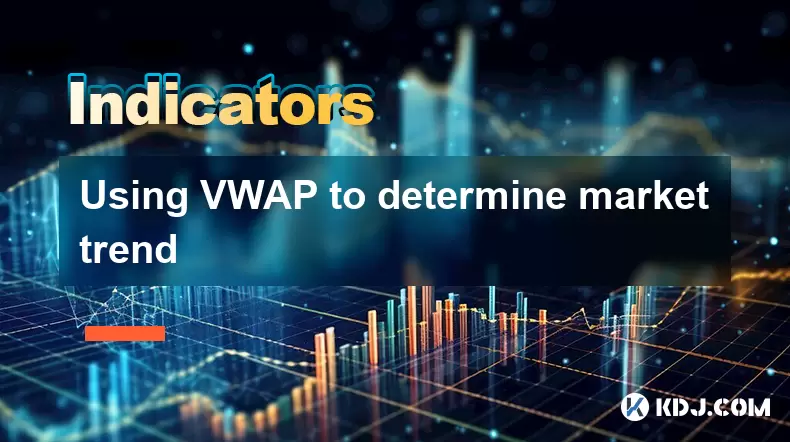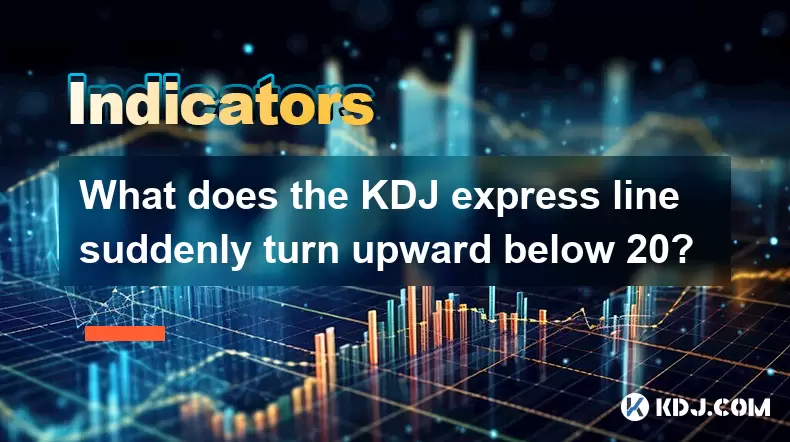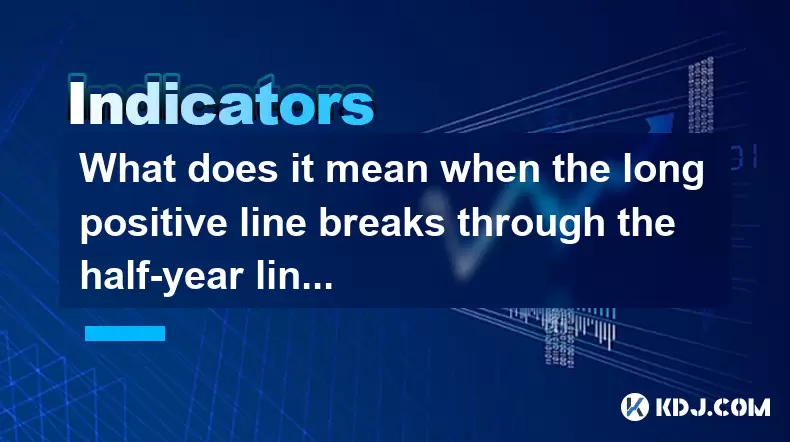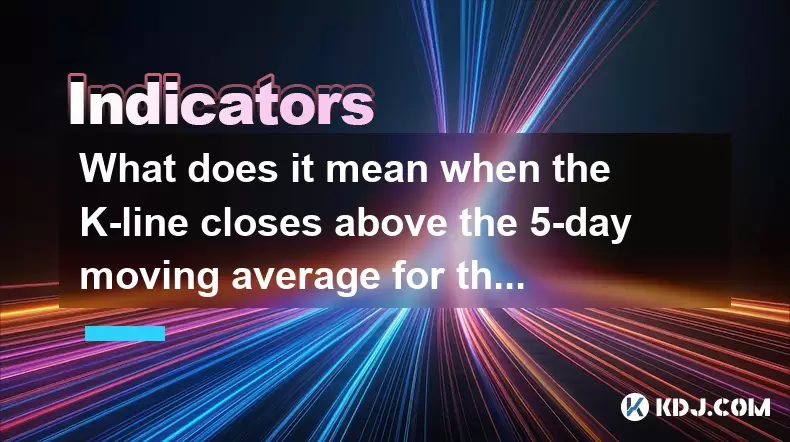-
 Bitcoin
Bitcoin $115100
-2.99% -
 Ethereum
Ethereum $3642
-1.38% -
 XRP
XRP $3.027
-5.51% -
 Tether USDt
Tether USDt $1.000
-0.05% -
 BNB
BNB $763.4
-1.32% -
 Solana
Solana $177.2
-5.42% -
 USDC
USDC $0.9999
-0.02% -
 Dogecoin
Dogecoin $0.2247
-6.47% -
 TRON
TRON $0.3135
0.23% -
 Cardano
Cardano $0.7824
-4.46% -
 Hyperliquid
Hyperliquid $42.53
-0.97% -
 Stellar
Stellar $0.4096
-6.09% -
 Sui
Sui $3.662
-2.61% -
 Chainlink
Chainlink $17.63
-3.57% -
 Bitcoin Cash
Bitcoin Cash $536.3
2.94% -
 Hedera
Hedera $0.2450
0.34% -
 Avalanche
Avalanche $23.23
-3.15% -
 Litecoin
Litecoin $112.2
-1.23% -
 UNUS SED LEO
UNUS SED LEO $8.976
-0.30% -
 Shiba Inu
Shiba Inu $0.00001341
-2.72% -
 Toncoin
Toncoin $3.101
-2.44% -
 Ethena USDe
Ethena USDe $1.001
-0.05% -
 Uniswap
Uniswap $10.08
-1.97% -
 Polkadot
Polkadot $3.938
-2.77% -
 Monero
Monero $323.9
0.87% -
 Dai
Dai $0.9999
-0.02% -
 Bitget Token
Bitget Token $4.481
-1.69% -
 Pepe
Pepe $0.00001199
-5.94% -
 Aave
Aave $288.2
-0.68% -
 Cronos
Cronos $0.1279
0.36%
Using VWAP to determine market trend
VWAP helps crypto traders assess market sentiment by combining price and volume, guiding entry and exit points in volatile markets.
Jul 15, 2025 at 01:15 am

Understanding VWAP and Its Significance
VWAP, or Volume Weighted Average Price, is a key analytical tool used by traders in the cryptocurrency market to gauge the average price of an asset over a specific time period, weighted by trading volume. Unlike simple moving averages that only consider price, VWAP incorporates both price and volume, making it more accurate for assessing true market sentiment.
In crypto trading, VWAP helps identify whether an asset is being bought or sold aggressively, which can signal potential trend directions. This makes it especially useful in volatile markets where large trades can drastically affect prices. By observing how the current price interacts with VWAP, traders can make informed decisions on entry and exit points.
How to Calculate VWAP
To effectively use VWAP, you must first understand how to calculate it accurately. The formula involves several steps:
- Multiply the typical price of each candlestick (calculated as (High + Low + Close) / 3) by the volume during that period.
- Sum up all these values to get the cumulative product.
- Divide this total by the sum of the volumes over the same time frame.
This calculation results in a single value that reflects the average price adjusted for volume. In practice, most charting platforms such as TradingView or Binance’s native tools automatically compute VWAP for traders, eliminating manual computation.
It's crucial to apply VWAP from the beginning of the trading session, typically set to 24 hours in crypto due to its round-the-clock nature. Resetting the VWAP at regular intervals ensures its relevance remains high.
Interpreting VWAP in Market Trends
The relationship between the current price and VWAP offers valuable insights into market dynamics. When the price stays consistently above VWAP, it suggests bullish momentum, indicating that buyers are dominating the market. Conversely, if the price remains below VWAP, it signals bearish pressure, implying sellers are in control.
Traders often combine VWAP with other indicators like EMA or RSI to confirm trend strength. For example, a rising VWAP alongside increasing volume and positive candlesticks reinforces a bullish scenario. On the flip side, a declining VWAP accompanied by red candles and heavy sell-offs indicates a strong downtrend.
Another important aspect is the retest of VWAP after a breakout. If the price pulls back to test VWAP and finds support, it may continue the original trend. However, a failure to hold above or below VWAP could indicate a false breakout or reversal.
Using VWAP for Entry and Exit Points
One of the most practical applications of VWAP in crypto trading is identifying optimal entry and exit levels. Traders often look for opportunities to buy when the price retraces to VWAP in an uptrend or sells near VWAP during a downtrend.
For instance:
- During a strong upward movement, wait for the price to pull back toward VWAP before entering a long position.
- In a downtrend, short entries can be considered when the price rallies toward VWAP but fails to break through.
- Stop-loss orders can be placed just beyond VWAP to manage risk effectively.
Additionally, trailing stops can be aligned with VWAP to ride trends longer without getting stopped out prematurely. Monitoring volume spikes around VWAP also helps validate trade setups. High volume near VWAP increases the likelihood of successful trades.
VWAP Strategies in Crypto Trading
Several strategies leverage VWAP to improve decision-making in fast-moving crypto markets. One popular approach is the VWAP crossover strategy, where traders go long when the price crosses above VWAP and short when it drops below.
Another effective method involves using multiple timeframes:
- Use a higher timeframe (like 1-hour or 4-hour) VWAP to determine the overall trend direction.
- Switch to a lower timeframe (such as 5-minute or 15-minute) to find precise entry points based on retests of the higher timeframe VWAP.
Also, combining VWAP with volume profile can offer deeper insight into areas of high liquidity and potential reversals. These strategies require discipline and backtesting to ensure they work across different market conditions.
Frequently Asked Questions
What is the best time frame to use VWAP in crypto trading?
While VWAP can technically be applied to any time frame, most traders prefer using it on intraday charts like 15-minute or 1-hour intervals. These allow for timely entries while still reflecting meaningful volume data.
Can VWAP be used in sideways or range-bound markets?
Yes, VWAP is still useful in ranging markets. It often acts as a central pivot point. Prices bouncing off VWAP within a range can signal potential support or resistance zones.
Is VWAP reliable for altcoin trading?
VWAP works well for altcoins provided there is sufficient trading volume. Low-volume altcoins might produce misleading signals because their volume isn't substantial enough to validate the VWAP reading.
How does VWAP differ from a simple moving average?
Unlike simple moving averages that only factor in price, VWAP considers both price and volume, offering a more comprehensive view of market behavior. This makes VWAP more responsive to real-time changes in supply and demand.
Disclaimer:info@kdj.com
The information provided is not trading advice. kdj.com does not assume any responsibility for any investments made based on the information provided in this article. Cryptocurrencies are highly volatile and it is highly recommended that you invest with caution after thorough research!
If you believe that the content used on this website infringes your copyright, please contact us immediately (info@kdj.com) and we will delete it promptly.
- Bitcoin Swift (BTC3): Last Call for Presale Stage 1!
- 2025-07-25 23:10:12
- Kiyosaki's Crypto Playbook: Ditching Paper for Real Assets Like Bitcoin
- 2025-07-25 22:30:11
- Satoshi-Era Whales Stir the Bitcoin Pot: What's the Deal?
- 2025-07-25 22:30:12
- Pi Coin Value in Indian Rupees (INR) 2024: Decoding the Hype
- 2025-07-25 21:45:50
- Crypto Investing: Top Picks and Meme Coin Mania in '25
- 2025-07-25 21:52:07
- Ark Invest's Portfolio Rebalance: Coinbase, Block, and the Crypto Shift
- 2025-07-25 21:52:07
Related knowledge

How to interpret that the KDJ D line is downward for a long time but the price is sideways?
Jul 25,2025 at 07:00pm
Understanding the KDJ Indicator and Its ComponentsThe KDJ indicator is a momentum oscillator widely used in cryptocurrency trading to assess overbough...

What does the KDJ express line suddenly turn upward below 20?
Jul 25,2025 at 11:49pm
Understanding the KDJ Indicator in Cryptocurrency TradingThe KDJ indicator is a momentum oscillator widely used in cryptocurrency trading to identify ...

What does it mean that the KDJ indicator forms a double bottom at a low level?
Jul 25,2025 at 05:08pm
Understanding the KDJ Indicator in Cryptocurrency TradingThe KDJ indicator is a momentum oscillator widely used in cryptocurrency trading to identify ...

What does it mean that the RSI continues to hover in the 40-60 range?
Jul 25,2025 at 11:07pm
Understanding the RSI and Its Typical BehaviorThe Relative Strength Index (RSI) is a momentum oscillator that measures the speed and change of price m...

What does it mean when the long positive line breaks through the half-year line and then steps back?
Jul 25,2025 at 06:49pm
Understanding the Long Positive Line in Candlestick ChartsIn the world of cryptocurrency trading, candlestick patterns play a vital role in technical ...

What does it mean when the K-line closes above the 5-day moving average for three consecutive days?
Jul 25,2025 at 10:07pm
Understanding the K-line and 5-day Moving AverageThe K-line, also known as a candlestick, is a critical charting tool used in technical analysis to re...

How to interpret that the KDJ D line is downward for a long time but the price is sideways?
Jul 25,2025 at 07:00pm
Understanding the KDJ Indicator and Its ComponentsThe KDJ indicator is a momentum oscillator widely used in cryptocurrency trading to assess overbough...

What does the KDJ express line suddenly turn upward below 20?
Jul 25,2025 at 11:49pm
Understanding the KDJ Indicator in Cryptocurrency TradingThe KDJ indicator is a momentum oscillator widely used in cryptocurrency trading to identify ...

What does it mean that the KDJ indicator forms a double bottom at a low level?
Jul 25,2025 at 05:08pm
Understanding the KDJ Indicator in Cryptocurrency TradingThe KDJ indicator is a momentum oscillator widely used in cryptocurrency trading to identify ...

What does it mean that the RSI continues to hover in the 40-60 range?
Jul 25,2025 at 11:07pm
Understanding the RSI and Its Typical BehaviorThe Relative Strength Index (RSI) is a momentum oscillator that measures the speed and change of price m...

What does it mean when the long positive line breaks through the half-year line and then steps back?
Jul 25,2025 at 06:49pm
Understanding the Long Positive Line in Candlestick ChartsIn the world of cryptocurrency trading, candlestick patterns play a vital role in technical ...

What does it mean when the K-line closes above the 5-day moving average for three consecutive days?
Jul 25,2025 at 10:07pm
Understanding the K-line and 5-day Moving AverageThe K-line, also known as a candlestick, is a critical charting tool used in technical analysis to re...
See all articles

























































































